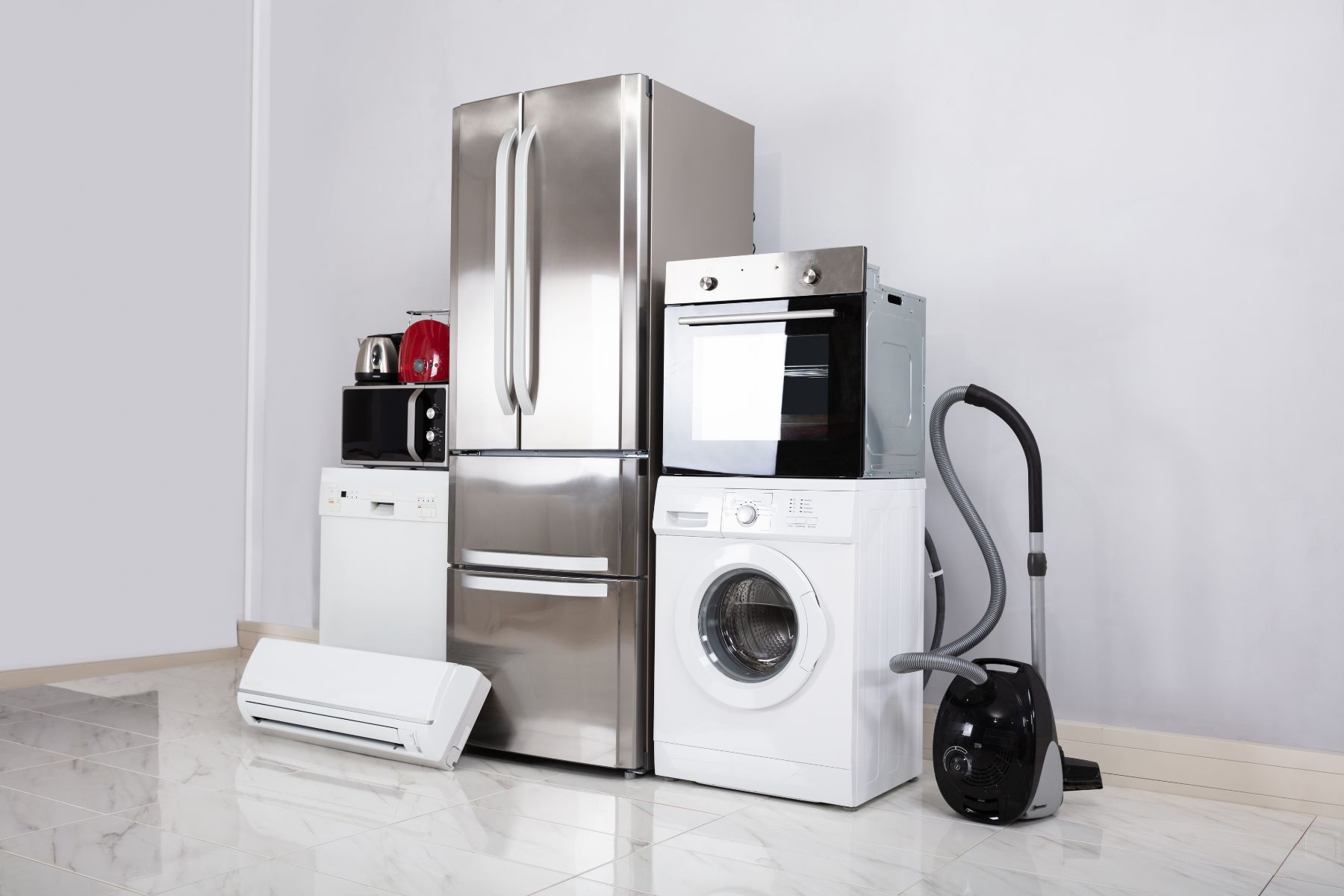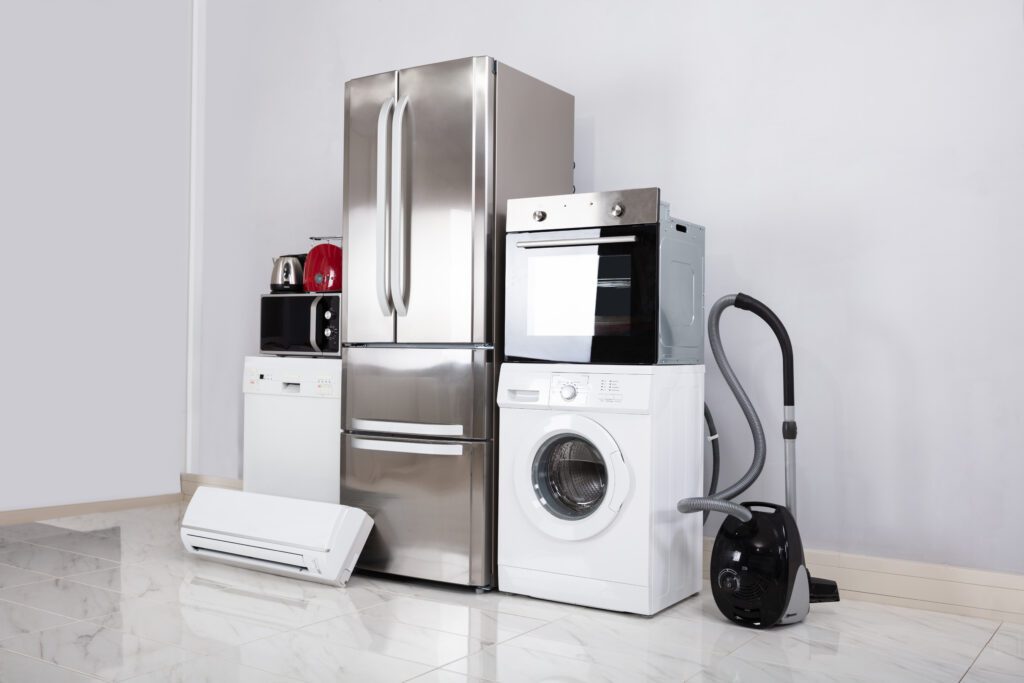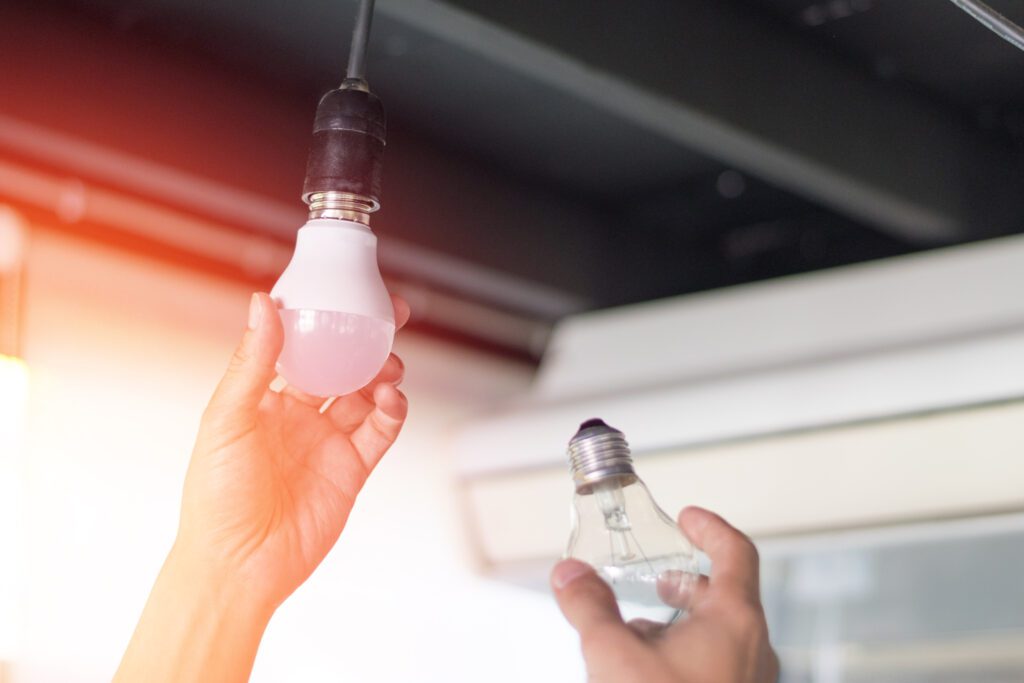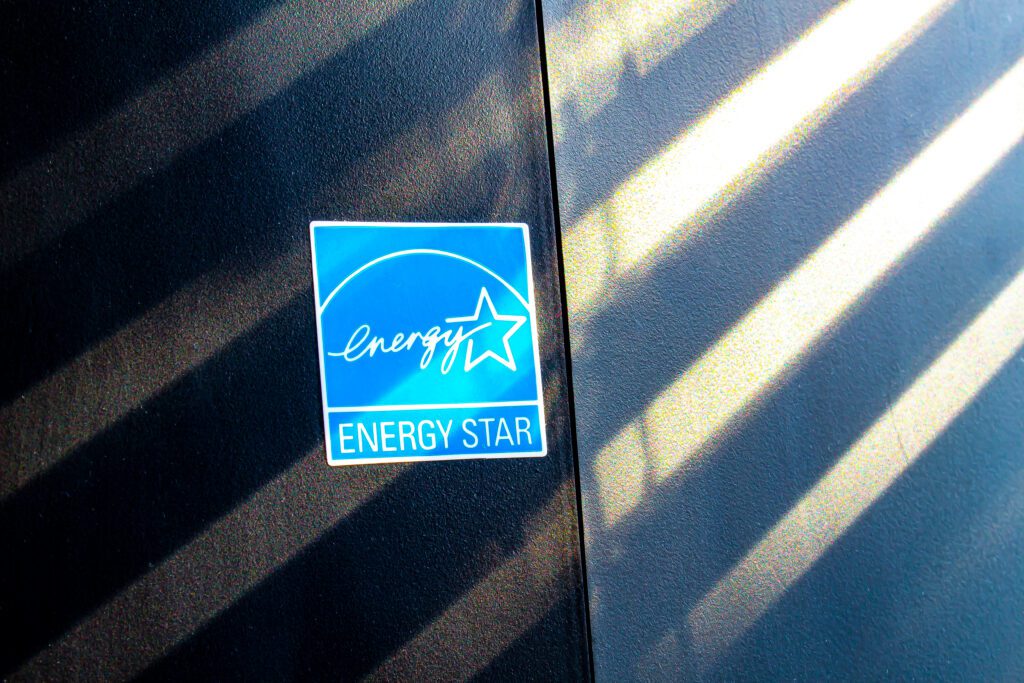

Are you looking for ways on how to lower electric bill? One of the first steps to achieving this goal is to understand what consumes the most electricity in your home. By uncovering the energy giants in your household, you can implement smart strategies to reduce your energy consumption and ultimately save money on your electric bill. In this blog post, we will delve into the “shocking” truth of what uses most electricity in your home and provide tips on how to reduce it.
In any household, certain devices and systems consistently rank as the top consumers of electricity, silently inflating your energy bills. Among these, air conditioning and heating systems take the forefront, particularly during extreme weather conditions when they work overtime to maintain comfortable indoor temperatures. Close behind, the water heating system emerges as another substantial energy consumer, working around the clock to provide hot showers and facilitate various household chores. Additionally, lighting, though seemingly innocuous, can cumulate significant costs over time, especially when inefficient bulbs are in use or lights remain unnecessarily turned on. Finally, household appliances, such as refrigerators, which run continuously, along with washing machines, dishwashers, and dryers, used frequently, represent another critical area of energy use.

Common appliances, such as refrigerators, washing machines, dryers, etc. are some of the largest energy consumers in home.
Identifying these primary energy consumers within your home is a critical step towards strategizing effective ways to cut down on electricity usage and, by extension, your utility bills. By focusing on these high-usage areas, homeowners can prioritize their energy-saving efforts for the greatest financial impact.
Many homeowners underestimate the impact of standby power on their electric bill, unaware that their gadgets and appliances continue to draw power even when not actively in use. This silent energy consumption, often overlooked, contributes significantly to the household’s overall electricity usage. Devices ranging from televisions and game consoles to microwaves and coffee makers can consume electricity simply by being plugged in, a phenomenon known as the “phantom load” or “vampire load.”
To combat these hidden costs and effectively lower your electric bill, it’s crucial to adopt proactive measures. One straightforward solution is to unplug devices when they’re not in use, although this approach might not always be practical for every appliance in your home (e.g., your refrigerator). A more convenient approach involves utilizing power strips, which allow you to cut off power to multiple devices simultaneously with a single switch. Additionally, consider investing in “smart” power strips, which are designed to detect when a device is in standby mode and cut off power automatically, further optimizing your home’s energy efficiency.
Air conditioning and heating are among the largest contributors to household energy bills, especially during seasons of extreme temperatures. To mitigate these costs without sacrificing comfort, it’s essential to embrace several efficient practices. One effective approach is the installation of a programmable thermostat, which allows for the automatic adjustment of your home’s temperature according to preset schedules, ensuring energy is not wasted when the house is empty or during the night when cooler temperatures are more bearable.
Another strategy involves enhancing your home’s insulation, a measure that keeps warm air out during summer and retains heat during winter, thus lessening the demand on your HVAC system. Consider sealing leaks around doors, windows, and any areas where air may escape to maintain your desired indoor temperature more efficiently.
Additionally, utilizing fans can complement your efforts to reduce air conditioning costs. Ceiling fans, for instance, can circulate cool air throughout the room, allowing you to set your thermostat a few degrees higher without compromising comfort. During winter, reversing the fan direction can help redistribute warm air that rises to the ceiling, enabling you to lower the thermostat setting and save on heating costs.
Regular maintenance of your HVAC system also plays a crucial role in minimizing energy consumption. Ensuring that filters are clean and the system is running efficiently can prevent unnecessary energy use and prolong the life of your equipment.
Water heating not only provides essential comfort, but also represents a significant portion of your home’s energy usage. To optimize these expenses, consider implementing any or all of the following:
Implementing these measures not only contributes to lower electric bills, but also extends the lifespan of your water heating system by reducing wear and tear.
Transforming how we light our homes is a pivotal yet often overlooked method to enhance energy efficiency and trim electric bills. Transitioning to LED bulbs offers a prime opportunity for savings. LEDs are not only superior in longevity compared to traditional incandescent lights, but also markedly reduce energy consumption—using up to 75% less energy and lasting 25 times longer!

Want a quick energy-saving boost? Swap your compact-fluorescent (CFL) bulbs with new LED lighting! They look beautiful, too!
Beyond bulb selection, adopting smart lighting solutions can further curtail costs. Motion sensors, dimmers, and timers prevent energy wastage by ensuring lights are on only when needed and adjusted to the appropriate brightness. Emphasizing natural lighting during the day also reduces reliance on artificial sources, providing a free and eco-friendly alternative to illuminate your home.
Switching to energy-efficient appliances plays a vital role in slashing your home’s energy consumption. ENERGY STAR-certified appliances stand at the forefront of this initiative, offering a green alternative to traditional household gadgets. These appliances are meticulously designed to utilize minimum electricity for their operation without compromising on functionality or effectiveness. For instance, an ENERGY STAR refrigerator can use significantly less energy than its older counterparts, thanks to innovative cooling technologies and more effective insulation.

Look for the ENERGY STAR label when seeking energy-efficient appliances!
When considering new appliances, it’s essential to look beyond the upfront cost and consider the long-term savings on your electric bill. Energy-efficient washing machines, for example, not only reduce energy use but also consume less water, doubling the impact on your utility savings. Similarly, modern dishwashers equipped with eco-friendly features ensure dishes are spotless while using less hot water and energy per cycle.
Upgrading to these eco-conscious appliances might require an initial investment, but the reduction in energy bills over time makes it worthwhile, especially for homeowners who intend to reside in their current setting for years. More importantly, this shift supports environmental sustainability by decreasing the demand for power plants and reducing greenhouse gas emissions.
So, yes, gaining insight into your home’s primary electricity consumers clearly paves the way to effectively manage and decrease your power expenses. By pinpointing these high-demand areas and adopting efficient usage practices, you have the “power” to significantly impact your energy bills. Embrace energy-efficient appliances, smart home technologies, and mindful energy habits to forge a path toward a more sustainable and cost-effective living environment. Initiating these changes may seem small at first, but their cumulative effect on your energy consumption and budget can be profound.
Begin this energy-saving journey today and witness how small adjustments can lead to substantial financial and environmental rewards over time. And feel free to contact us at any time if we can be of service to you and/or your family.